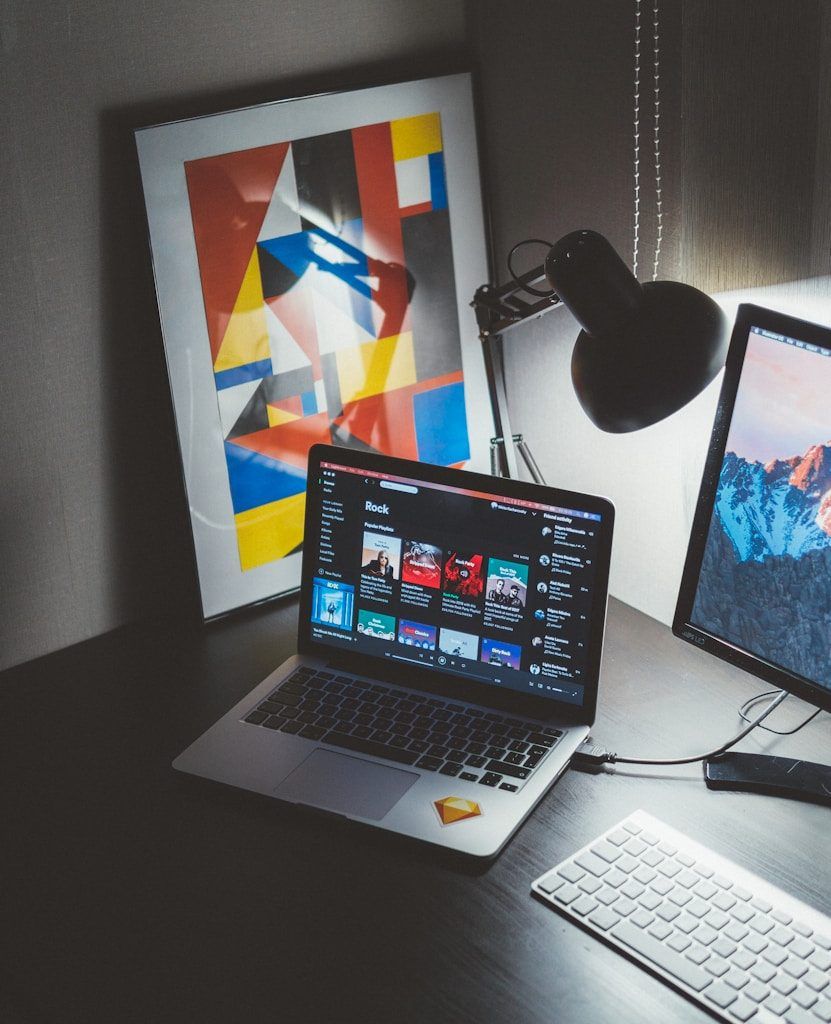Spotify has become the go-to platform for music lovers and creators alike. If you’re a budding artist or a producer, uploading your songs on Spotify can help you reach millions of listeners around the world. But how do you upload songs on Spotify? Don’t worry—this guide will break it down step by step in simple terms, making the process easy to follow. Let’s get started!
Why Upload Songs on Spotify?
Before we dive into the steps, let’s talk about why you should consider Spotify. With over 500 million users, it’s one of the largest music streaming platforms. By uploading your songs here, you can:
- Reach a global audience.
- Build your brand as an artist.
- Earn revenue through streams.
- Track how your music performs with in-depth analytics.
Now that we know the benefits, let’s move on to the actual process.
Step 1: Prepare Your Music and Metadata
Before you even think about uploading, make sure you have everything ready. Here’s what you need:
- High-Quality Audio File: Spotify accepts files in MP3 format (320 kbps) or WAV for the best quality.
- Cover Art: Create an eye-catching cover that represents your song or album. The recommended size is 3000 x 3000 pixels.
- Metadata: This includes your song’s title, artist name, album name, and release date. Double-check everything for accuracy.
Take your time here because first impressions matter. Your cover art and metadata are the first things listeners will notice.
Step 2: Choose a Distribution Service
You can’t upload songs directly to Spotify unless you’re using Spotify for Artists, which is only for larger labels and distributors. Independent artists need to use a music distribution service. Some popular options include:
- DistroKid
- TuneCore
- CD Baby
- Amuse
- Ditto Music
These services act as middlemen, helping you upload songs on Spotify and other streaming platforms like Apple Music and Amazon Music.
Step 3: Create an Account on a Distribution Platform
Once you’ve chosen a distribution service, sign up for an account. This usually involves providing some basic information like:
- Your name or artist name.
- Email address.
- Payment details for royalties.
Many of these platforms charge a small fee for uploading your songs. For example, DistroKid has an annual subscription, while CD Baby charges per release.
Step 4: Upload Your Songs
Here’s where the magic happens! Log into your distribution platform and follow these steps:
- Select Your Release Type: Is it a single, EP, or album?
- Upload Audio Files: Drag and drop your high-quality audio files.
- Add Metadata: Fill in your song’s details, including title, artist name, and genre.
- Upload Cover Art: Make sure your image meets the platform’s specifications.
- Set the Release Date: Choose when you want your song to go live on Spotify.
Most platforms also allow you to add extras, like lyrics or a description of the song.
Step 5: Submit for Review
After uploading everything, the distribution platform will review your submission. This step ensures your content meets Spotify’s guidelines. For example:
- No copyrighted material unless you own the rights.
- Proper metadata and high-quality audio.
- Suitable cover art.
This review process can take anywhere from 2-7 days, so plan your release date accordingly.
Step 6: Claim Your Spotify for Artists Profile
Once your song is live, claim your Spotify for Artists profile. Here’s how:
- Visit the Spotify for Artists website.
- Log in or create an account.
- Claim your artist profile by searching for your name.
With this tool, you can:
- Track how many streams your song gets.
- See where your listeners are located.
- Customize your artist profile with photos and a bio.
Step 7: Promote Your Music
Your song is now live on Spotify, but the work doesn’t stop there. Promotion is key to getting your music heard. Here are a few ideas:
- Share on Social Media: Post links to your Spotify track on Instagram, Twitter, and Facebook.
- Create Playlists: Add your song to playlists alongside similar artists.
- Collaborate with Influencers: Partner with social media influencers who can share your music.
- Submit to Spotify Playlists: Use Spotify’s playlist submission tool to pitch your song to curators.
- Run Ads: Platforms like Facebook and Instagram allow you to target specific audiences with ads.
Step 8: Earn Royalties and Track Performance
As your song gains streams, you’ll start earning royalties. Most distribution platforms pay monthly or quarterly. Log into your account to see how much you’ve earned.
Spotify for Artists also provides analytics, showing:
- Total streams.
- Listener demographics.
- Popular regions.
Use this data to plan future releases and marketing strategies.
Common Mistakes to Avoid
Here are a few pitfalls to watch out for:
- Rushing the Process: Take your time to prepare high-quality audio and cover art.
- Ignoring Metadata: Mistakes here can make your music hard to find.
- Skipping Promotion: Even great music needs a push to reach listeners.
Conclusion
Uploading songs on Spotify might seem daunting at first, but once you break it down, it’s totally manageable. By following these steps, you’ll not only get your music on Spotify but also set yourself up for success as an artist.
So, what are you waiting for? Start preparing your next release and share your talent with the world! If you found this guide helpful, let us know in the comments below. Good luck on your musical journey.
For further reading, explore these related articles:
- How to Post Music on Spotify: A Step-by-Step Guide
- Why Listing the Featured Singer on Album Covers Matters
For additional resources on music marketing and distribution, visit DMT Records Private Limited.






